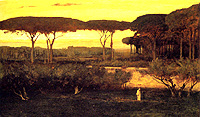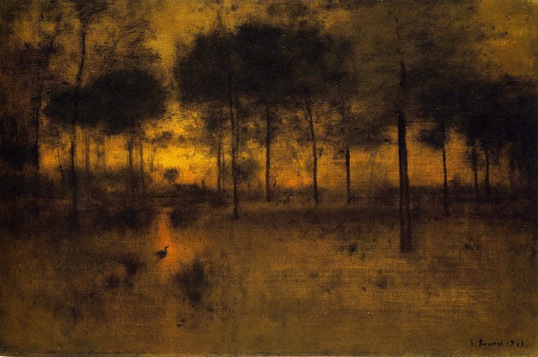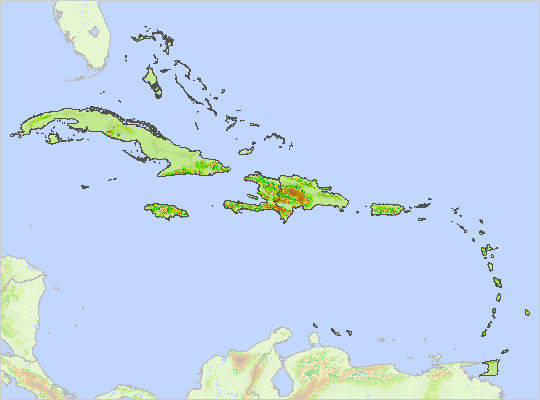What attributes determine a place's qualities?
 Africa's Arid Regions
Africa's Arid Regions
Making Sense of Place
Landscape Art & Places
Traces On The Rhodian Shore
Making Sense of Place: A Case Study
Safeguarding Intangible Cultural Heritage
"a place being a fusion of human and natural order, and a peculiar window on the whole."
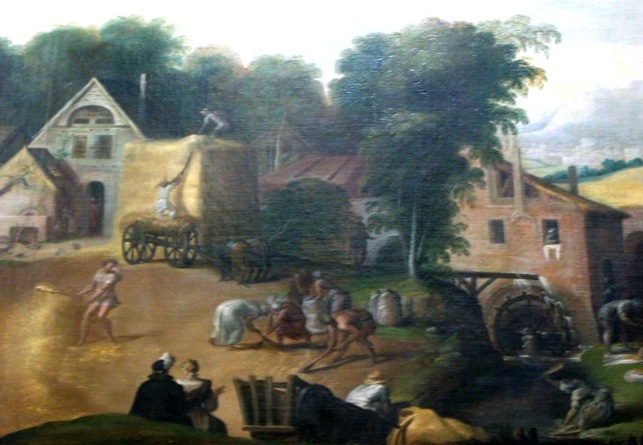 |
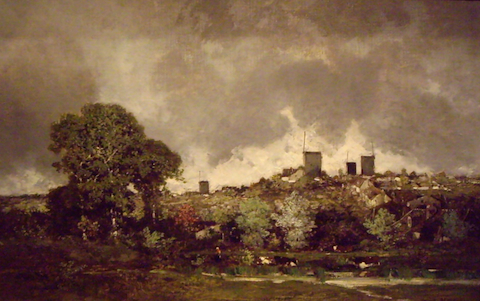 |
scene with water mill |
distant windmills |
"The problem is not whether man will or will not alter natural systems, but only how he will do it. . . . Practically all aspects of life are artificial in the sense that they depend on profound modifications of the natural order of things. The life of the peasant is as artificial as that of the city dweller. . . . The reason we are now desecrating nature is not because we use it to our ends, but because we commonly manipulate it without respect for the spirit of place."
Rene Dubos, A God Within, 1984.
"The price for survival, persistence and evolution was understanding and intelligent intervention."
p. 101, McHarg, Design with Nature, 1969.
![]()
Making Sense of Place.
Ian Convery, Gerard Corsane, Peter Davis. Suffolk, U.K.: Boydell Press, 2012/
| Pages | |
| Making Sense of Place, | 1 |
| Histories Landscapes and Identities, | 9 |
| Rural Sense of Place | 55 |
| Cultural Landscapes | 189 |
| Conservation Biodiversity and Tourism |
247 |
| Untying the Rope |
313 |
| List of Contributors | 321 |
Index
![]()
Landscape Artists as sources of documenting the importance of places.
George Inness, The Home of the Heron, 1893. Oil on canvas, The Art Institute of Chicago.
“The true purpose of the painter is simply to reproduce in other minds the impression which a scene has made upon him . . . to awaken an emotion,” Inness is said to have explained when commenting about his work. The curator's note that Inness in his mature years sought out (in his own words) “rivers, streams, the rippling brook, the hillside, the sky, the clouds.” to convey these emotions in his paintings.
Entry, Essential Guide, 2013, p. 48.
Components of places
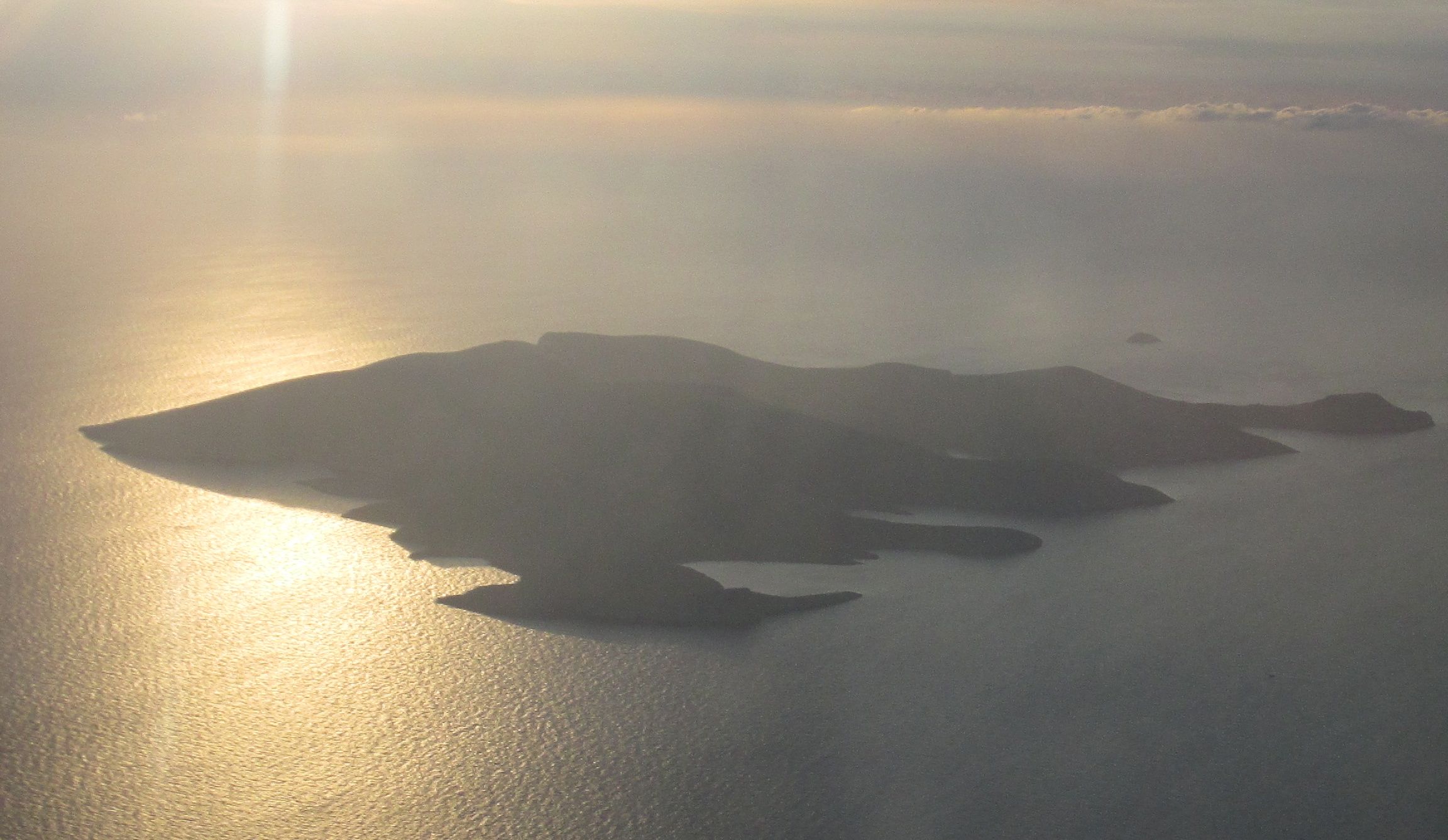
Traces on the Rhodian Shore.
Clarence Glacken. 1967.
"Occasionally in the writings of Greek and Roman thinkers statements were made regarding the effects of place and situation in forming the character of a people, ideas which were partly environmentalistic, partly cultural in their emphasis: the effect of physical isolation in producing the bravery and hardiness of rude and uncultivated peoples distant from the influences of civilization; the harmful influences of maritime location with the ease of entry of undesirable foreign customs; the effects of government, religion, of law and of social institutions."
p. 7.
attachment | peculiarity | familiarity | necessity
- Attachment, Arnold Pacey "we can feel strongly drawn to specific places, to special activities within the landscape, that it is as if nature were indeed 'courting' us or 'inviting' our participation."
- Peculiarity, a terrain like no other, hence the idea of genii loci.
- Familiarity, frequently visited topographies that may be reminiscent of memorable landscape features and culturally memorialized locations, or a surrounding with personal meaning.
- Necessity, settings where sources for use of natural resources are accessible to residents and visitors alike.
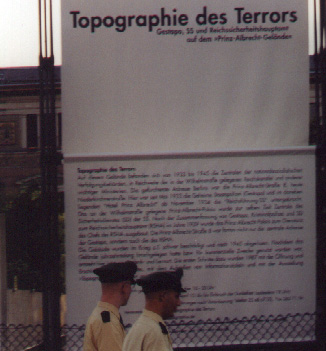
- Intervention

Places coexist as interdependent layers that differ due to divergent scales.
![]()
- Transformation
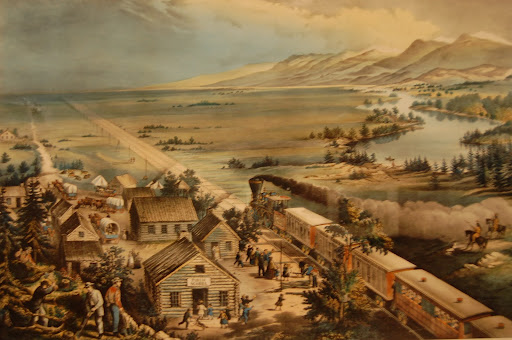
Westward the course of Empire.
Making Sense of Place: A Formative Case Study of Whyte Avenue, Edmonton, Alberta.
Michael J. Strong. (Thesis, 2004).
An analysis of the physical, social, and personal dimensions of place and how there are consequences because this knowledge-base has been ignored by comprehensive regional planning in Alberta, Canada.
"Place is central to human existence. It sets us meaningfully in time and space and is "at once the limit and condition of all that exists" (Relph, 1976). It forms an essential setting for life that is fundamental to human survival, psychological wellbeing, social and cultural interaction, actualisation and fulfilment. Place is significant because it carries the capacity to enable and/or constrain human need and development.
This fact is obvious given the essential biological and physiological human requirements place affords (e.g. oxygen, water, food). These are crucial to human survival in that absence in one poses a direct if not immediate threat to life.
Human survival is therefore contingent upon strong visual elements of place. images and cues within the environment help facilitate spatial orientation and navigation necessary to the security of water, food, refuge or defence, prospect and mobility (Appleton, 1975; Hiss, 1990; Lynch , 1977).
Aside from these basic needs, place also supports personal enlightenment and social cohesion. They serve as centres of personal existence where people can engage in social contact, alleviate feelings of stress, loneliness and alienation."
P. 3.
Cultural Heritage protection:
Safeguarding intangible Cultural Heritage.
edited by Michelle l. Stefano, Peter Davis and Gerard Corsane. 2012.
"The Caribbean historian Dr Philip Sherlock posited that ‘There is no country called the West Indies … History and geography have combined in the Caribbean to make an island the symbol of national identity, a country whose frontiers were clearly marked out by the shoreline’ (Sherlock 1966, 7). The eponymous 1959 Federation Day Exhibition on Aspects of the History of the West Indies, designed by Dr Elsa Goveia, a young advocate/historian based at the department of history on the Mona campus of the University of the West Indies, was therefore expressly concerned to demonstrate the valid historical basis upon which a ‘Caribbean’ community and identity could be constructed out of the shared experience of historical dislocation, deculturation and disempowerment. She consciously sought opportunities to address public knowledge about issues of community and identity and, in her extensive introduction to the 1959 exhibit, goveia initiated the first consciously Anglophone Caribbean attempt at historical reconstruction as a form of identity-creation. In a seminal reinterpretation and restatement of the history of the British West Indies, Goveia recognised the opportunity this process provided to address the disenfranchisement which she saw had compromised the identity of generations within the region which they inhabited. She proposed that in order to achieve a greater degree of control after centuries of subordination to Great Britain:
It is therefore important to ask what this nation is. If it includes all the people of the federation, the national government is the government of the Federation … Changes of government will be meaningless until we have settled the fundamental problem of our national identity.
In the earlier struggle for our political rights, it was perhaps enough to be anti-British. Now that we face Independence and the immense problems which it will bring, it has become absolutely essential that we should know whether we are West Indians. (Goveia 1959, 40)"
Alissandra Cummins. Memory, Museums and the Making of Meaning: A Caribbean Perspective. pp. 23-32.
Michael Bollig, Olaf Bubenzer. African Landscapes: Interdisciplinary Approaches. Springer Science & Business Media, June 12, 2009.
"Landscape studies provide a crucial perspective into the interaction between humans and their environment, shedding insight on social, cultural, and economic topics." The book suggests that the approach to landscape is cleaved into two divergent schools of thought. One is naturalistic and the other is "mentalistic." As Bollig suggests "debate on this term gives evidence of a cleft between . . . approaches." Tracing one lineage to the meaning of "landschaft" and the and the term scaf as in "lantscaf." Bollig contends that the word is rarely used in relation to the Latin term for Earth, terra, and instead often lantscaf appears in translation of the Latin term "provinciia" for a settled (hence a created) region.
Michael Bollig. Chapter 1, p. 2.
"The research explores both the way that natural processes have affected the development of culture and society, as well as the ways that natural landscapes themselves are the product of historical and cultural processes. Most previous studies of the landscape selectively focused on either the natural sciences or the social sciences, but the research presented in African Landscapes bridges that gap. This work is unique in its interdisciplinary scope. Over the past twelve years, the contributors to this volume have participated in the collaborative research center ACACIA (Arid Climate Adaptation and Cultural Innovation in Africa), which deals with the relationship between cultural processes and ecological dynamics in Africa’s arid areas."
The landscape
"The idea that a peculiar landscape, a people, and its history were intimately linked and unique became a key idea in early twentieth century United States anthropology. The founding father of German geography, Friedrich Ratzel, had a profound effect on Frederick Jackson Turner's ideas on the relation amongst geology, biology, and history."
"Ratzel" in 1882 and again in 1891, "had argued in his two volumes on anthropogeography that human societies can only be successful as long as they adapt to geophysical givens of specific landscapes."
"The landscape concept in German thought resounds with ambiguities and puts the risks of ideological cooptation into focus. In contrast to this the meaning of landscape seems to have been more stable in the English and French tradition. On the other hand the German landscape concept has profoundly influenced the thinking about landscapes in diverse sciences. Franz Boas for example took on the idea of the landscape from Herder and the early nineteenth century geographer Carl Ritter, who both opted for a holistic approach to human environment relations and the historical dimensions of these relations."
Michael Bollig. p. 1.
![]()
George Inness, The Monk, 1873. Oil on canvas, Addison Gallery of American Art, Phillips Academy, Andover, Mass.
Philadelphia Museum of Art.
"Inness extends his investigation of the evocative power of compositional order in The Monk, one of his most haunting works and among the finest paintings of the nineteenth century.
The setting for this extraordinary landscape is thought to be a particularly secluded corner of the grounds of the Villa Barberini, near Castel Gandolfo, a summer residence of the pope located some fifteen miles south of Rome. As in Lake Nemi, Inness pictures a solitary, cowled monk, a staff in his hand, strolling the grounds of an enclosed garden. He is dwarfed, first, by a tall stone wall, behind him and again by a bank of extremely tall, slender Italian pines in the middle distance. Although Italian pines are common features around Rome and the Marches, and although Inness had painted the Villa Barberini on many occasions, only in The Monk does he set the dark shapes of the pine arbors so effectively against a glowing yellow-ocher sky. By using unified brushmarks to diminish nearly to eliminate details within these arbors, Inness devised these natural forms as abstract patterns of interconnected ensiform shapes. He must have been particularly delighted by the way in which they create, at their upper edge, a lissome, serpentine line of vivid beauty, one made even more dramatic when offset by the strong vertical lines of the tree trunks below."
"George Inness and the Visionary Landscape"
The Chicago Art Institute has thirty-two of George Inness' canvases.
